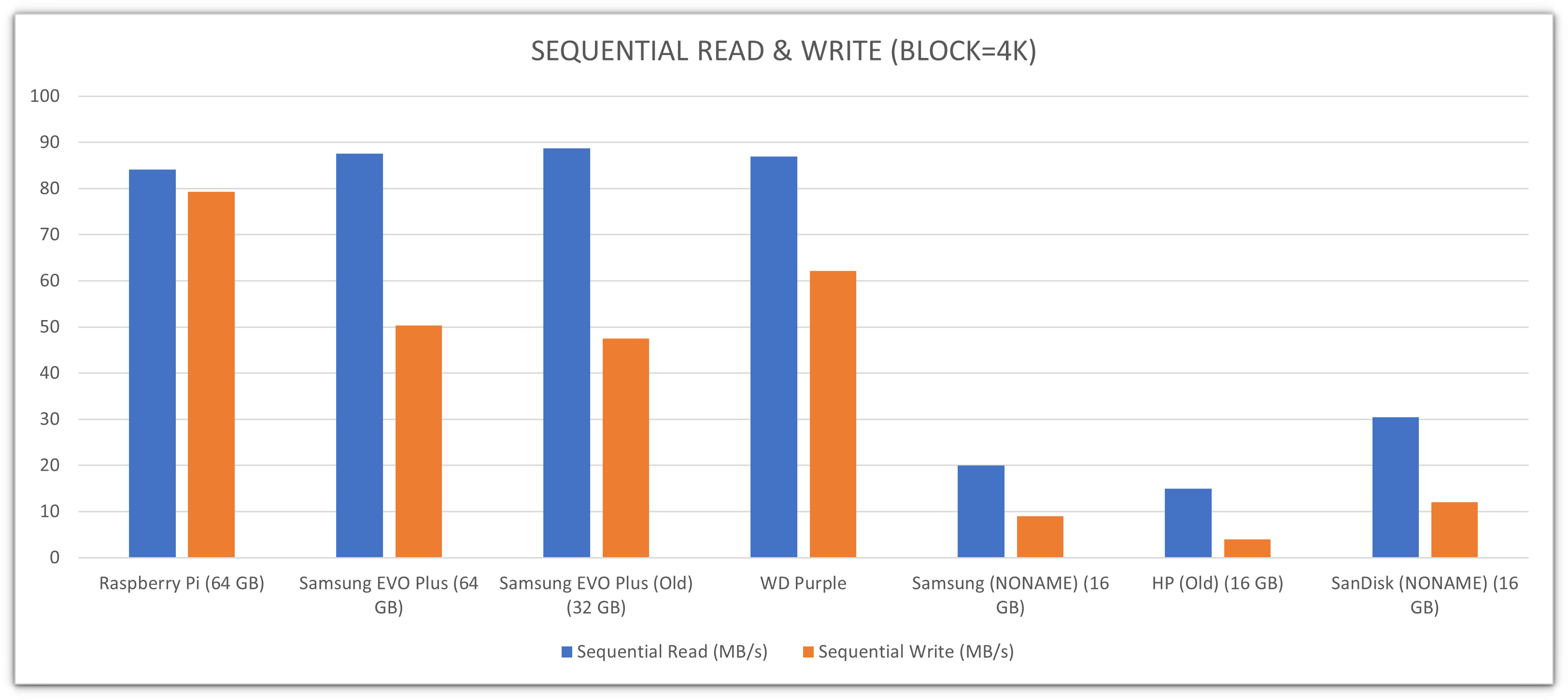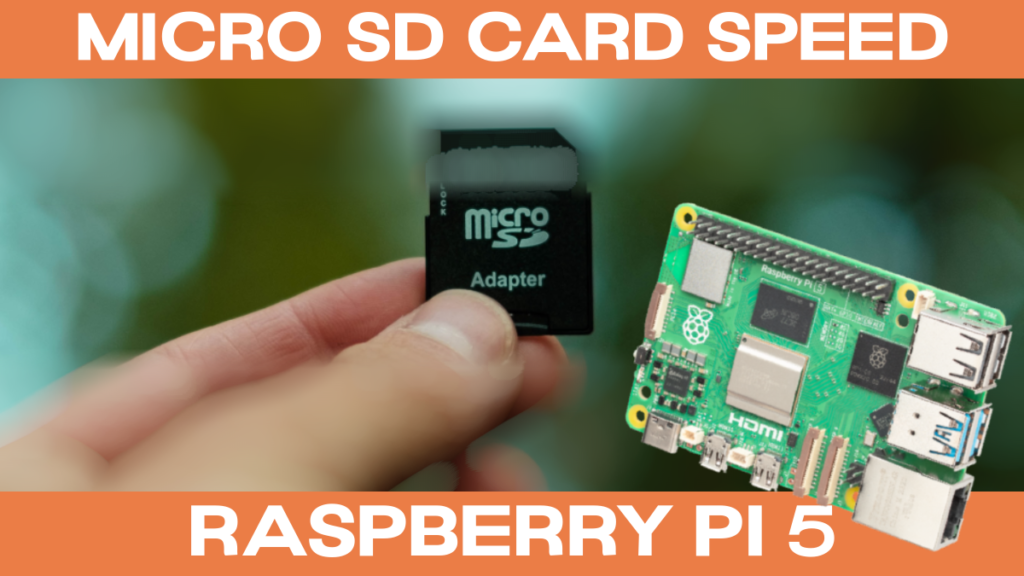Remote Monitor Raspberry Pi SD Card For Free: The Ultimate Guide
Ever wondered how to remotely monitor your Raspberry Pi SD card for free without breaking a sweat? Well, buckle up because we're diving deep into the world of remote monitoring with Raspberry Pi. In this article, we'll explore everything you need to know about setting up, troubleshooting, and maintaining your Raspberry Pi's SD card remotely—all for free!
Imagine this: you're chilling at home or maybe on a beach sipping piña coladas, but your Raspberry Pi setup back at the office is working its magic. Suddenly, something goes wrong with the SD card. Panic sets in—but wait! What if you could check in on it from anywhere in the world without needing to physically touch the device? Sounds like science fiction? Nope, it's totally doable, and we'll show you how.
Whether you're a tech enthusiast, a DIY hobbyist, or just someone who wants to keep their Raspberry Pi running smoothly, this guide has got you covered. We'll break down the process step by step, share some pro tips, and even sprinkle in a few tricks to make your life easier. So, let's get started!
Read also:Venango Explorer Your Ultimate Guide To Unveiling The Mysteries Of Nature
Table of Contents
- Introduction to Remote Monitoring
- Raspberry Pi Basics
- Why SD Card Monitoring Matters
- Free Tools for Remote Monitoring
- Setup Process
- Troubleshooting Tips
- Security Aspects
- Advanced Techniques
- Common Mistakes to Avoid
- Conclusion
Introduction to Remote Monitoring
Before we dive into the nitty-gritty of remote monitoring Raspberry Pi SD cards, let's first understand what remote monitoring actually means. In simple terms, it's the ability to keep an eye on your Raspberry Pi's performance, storage usage, and overall health from anywhere in the world. And the best part? You can do all of this for free!
Remote monitoring isn't just a luxury; it's a necessity, especially if you're running critical applications or servers on your Raspberry Pi. Think about it: if your SD card fills up or gets corrupted, it could bring your entire setup to a halt. By keeping tabs on it remotely, you can catch potential issues before they become major headaches.
So, whether you're monitoring a home automation system, a weather station, or even a media server, remote monitoring gives you peace of mind. And the best part? It's easier than you think!
Raspberry Pi Basics
Before we get into the specifics of remote monitoring, let's quickly go over the basics of Raspberry Pi. If you're already familiar with this little wonder, feel free to skip ahead—but if you're new to the game, this section is for you.
The Raspberry Pi is a single-board computer that's small, affordable, and incredibly versatile. It's powered by an SD card, which acts as its primary storage. This SD card stores the operating system, applications, and data, making it the heart of your Raspberry Pi setup.
Here are a few key points to keep in mind:
Read also:Melany Osorio The Rising Star In The Spotlight
- Raspberry Pi comes in various models, each with different specs and capabilities.
- The SD card is crucial for storing the OS and data, so its health and performance are vital.
- You can run a wide range of operating systems on Raspberry Pi, including Raspbian, Ubuntu, and more.
Why Choose Raspberry Pi?
Raspberry Pi is a favorite among tech enthusiasts for several reasons:
- It's affordable and accessible.
- It's highly customizable and can be used for a variety of projects.
- It has a massive community of users who contribute tutorials, tips, and tricks.
Why SD Card Monitoring Matters
Now that we've covered the basics, let's talk about why monitoring your Raspberry Pi's SD card is so important. The SD card is the backbone of your Raspberry Pi setup, and if it fails, your entire system could go down. Here are a few reasons why you should keep an eye on it:
First off, SD cards can degrade over time. They have a limited number of write cycles, meaning that every time you write data to the card, it wears out a little bit. If you're running a server or an application that constantly writes data, your SD card could wear out faster than you think.
Secondly, SD cards can get corrupted. This can happen due to sudden power outages, improper shutdowns, or even software bugs. If your SD card gets corrupted, it could lead to data loss or system instability.
Finally, SD cards can fill up quickly, especially if you're running applications that generate a lot of data. If your SD card runs out of space, your Raspberry Pi could stop functioning properly.
Free Tools for Remote Monitoring
Luckily, there are plenty of free tools available that can help you monitor your Raspberry Pi's SD card remotely. Here are a few of our favorites:
1. SSH (Secure Shell)
SSH is a protocol that allows you to securely connect to your Raspberry Pi from another device. With SSH, you can run commands, check disk usage, and even restart your Pi if needed.
To set up SSH, you'll need to enable it on your Raspberry Pi and then use a client like PuTTY (for Windows) or Terminal (for Mac/Linux) to connect.
2. Webmin
Webmin is a web-based interface that allows you to manage your Raspberry Pi remotely. It provides a user-friendly dashboard where you can monitor disk usage, manage users, and configure settings.
The best part? Webmin is free and easy to install. Just follow the official instructions, and you'll be up and running in no time.
3. Grafana
Grafana is a powerful tool for visualizing data. You can use it to monitor your Raspberry Pi's performance, including CPU usage, memory usage, and disk usage.
While Grafana itself is free, you'll need to pair it with a data source like InfluxDB or Prometheus to get the most out of it. But don't worry—these tools are also free and relatively easy to set up.
Setup Process
Now that you know what tools are available, let's walk through the setup process. We'll focus on SSH since it's one of the easiest and most versatile tools for remote monitoring.
Step 1: Enable SSH on your Raspberry Pi. You can do this by running the following command in the terminal:
sudo raspi-config
Step 2: Note down your Raspberry Pi's IP address. You can find this by running:
hostname -I
Step 3: Install an SSH client on your computer. If you're using Windows, download PuTTY. If you're on Mac or Linux, you can use the built-in Terminal app.
Step 4: Connect to your Raspberry Pi using the IP address you noted earlier. Once connected, you can run commands to check disk usage, monitor performance, and more.
Troubleshooting Tips
Even with the best tools and setup, things can go wrong. Here are a few troubleshooting tips to help you out:
- If you can't connect via SSH, double-check your IP address and make sure SSH is enabled.
- If your SD card is filling up too quickly, consider moving large files to an external drive or cloud storage.
- If your SD card gets corrupted, try using a tool like SD Card Formatter to restore it.
Security Aspects
Security is a crucial aspect of remote monitoring. After all, if someone gains unauthorized access to your Raspberry Pi, they could wreak havoc on your system. Here are a few security tips to keep in mind:
- Use strong passwords and consider enabling two-factor authentication (2FA) if possible.
- Keep your software up to date to protect against vulnerabilities.
- Limit access to your Raspberry Pi by using firewalls or restricting IP addresses.
Advanced Techniques
Once you've mastered the basics, you can explore some advanced techniques to take your remote monitoring to the next level. Here are a few ideas:
1. Automate Disk Cleanup
Set up a cron job to automatically clean up unnecessary files and free up space on your SD card.
2. Monitor Temperature
Use tools like lm-sensors to monitor the temperature of your Raspberry Pi and prevent overheating.
3. Set Up Alerts
Configure your monitoring tools to send you alerts if something goes wrong, such as high disk usage or abnormal temperatures.
Common Mistakes to Avoid
Finally, let's talk about some common mistakes to avoid when remote monitoring your Raspberry Pi:
- Not securing your SSH connection properly, leaving your system vulnerable to attacks.
- Ignoring warning signs, such as increasing disk usage or performance issues.
- Forgetting to back up your data regularly, which could lead to data loss if something goes wrong.
Conclusion
And there you have it—the ultimate guide to remote monitoring your Raspberry Pi's SD card for free. By following the steps outlined in this article, you'll be able to keep tabs on your Raspberry Pi's health and performance from anywhere in the world.
Remember, remote monitoring isn't just about convenience—it's about ensuring the stability and reliability of your Raspberry Pi setup. So, take the time to set it up properly and avoid common pitfalls.
Now, it's your turn! Have you tried remote monitoring your Raspberry Pi before? What tools do you use? Leave a comment below and let us know. And if you found this article helpful, don't forget to share it with your friends and fellow Raspberry Pi enthusiasts!


